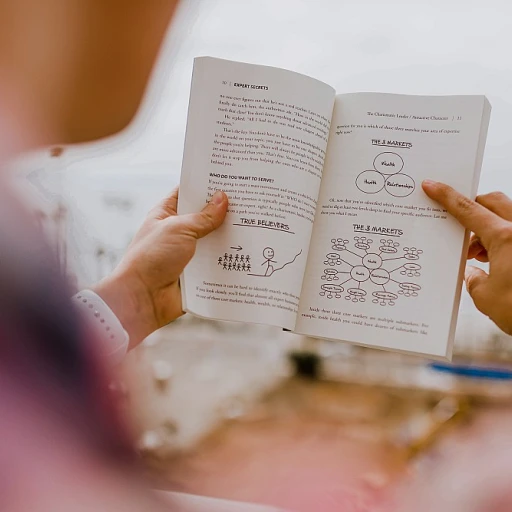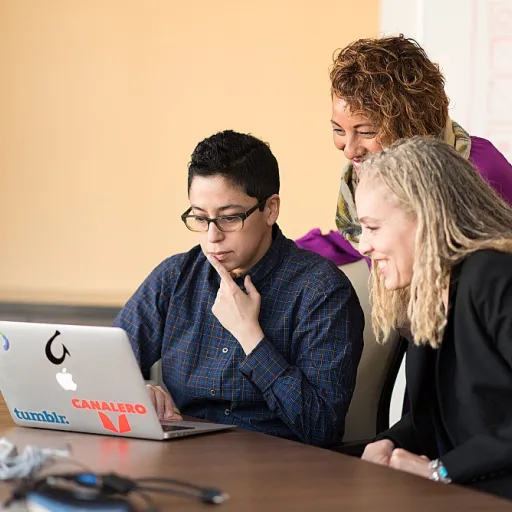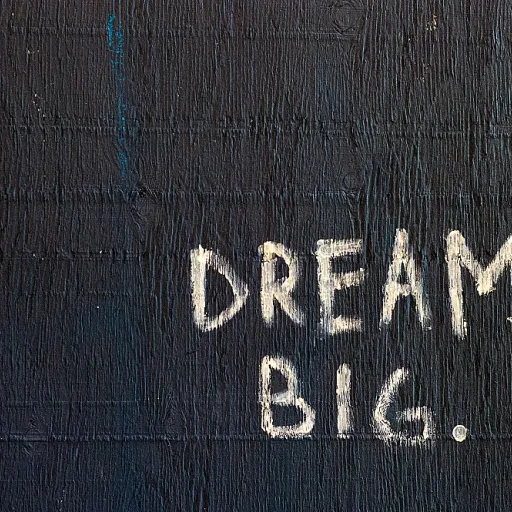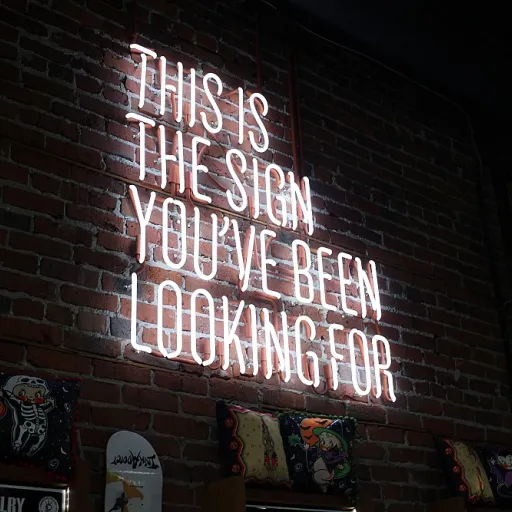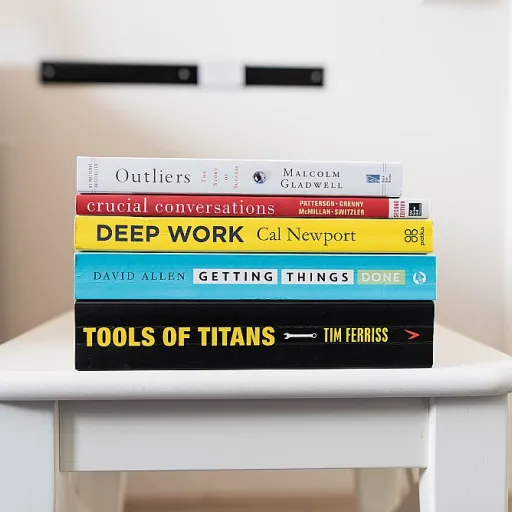
Understanding the Skills Gap
Navigating the Complexities of the Skills Gap
The skills gap is a pressing concern in today's fast-evolving landscape, fundamentally affecting students, educators, and various stakeholders involved in education. This disparity between the skills that the workforce demands and what individuals currently offer is not just a challenge but an imperative call to action. Understanding this gap requires a thorough assessment of the current skill sets and identifying the fast-changing needs of industries. It's about recognizing not just the hard skills, such as technical proficiency, but also critical soft skills like problem solving and social emotional competencies. In doing so, school districts and educators can better align their curriculum and activities with future needs, ensuring that children learn not only to meet but to exceed the standards set before them. To comprehensively address the skills gap, careful planning learning is essential. The question isn't just what knowledge and skills are required today, but what will emerge as pivotal in the future. Identifying these key skills helps in setting learning goals that are both realistic and expansive, prompting students to engage more effectively and apply learning across various contexts. Planning these initiatives involves creating a concerted strategy, possibly at a district level, to tailor learning experiences that are compelling and meaningful. This involves deft teaching approaches, where educators can use data and content to enrich learning outcomes and guide students in creating their own learning paths. In leveraging planned learning, both children and adults can achieve greater clarity about their personal and educational goals. It's a proactive approach, guiding students to not just meet educational standards, but to thrive in an increasingly complex world. For further insights into addressing the skills gap, consider exploring effective outskilling strategies to enhance learning methodologies.The Role of Planned Learning
The Significance of Structured Learning Approaches
Planned learning is not just a buzzword; it is a strategic approach that plays a pivotal role in bridging the skills gap. When a thoughtfully crafted plan is implemented, it helps students and children learn more effectively, ensuring that they acquire essential knowledge skills and social emotional abilities needed for the future.
Educators and teachers have a responsibility to develop a curriculum that not only meets academic standards but also addresses the ever-evolving needs of the learner. By planning learning activities that are engaging, educators create rich learning experiences that appeal to different learning styles. Involving students in the process, allowing them to set learning goals, can enhance their understanding and motivation.
For children, engaging in varied learning activities that involve problem solving and critical thinking encourages them to apply learning in real-world scenarios, leading to better retention of knowledge. Likewise, when teachers incorporate data-driven insights into their planning, they ensure that the learning activities proposed are relevant and effective in reaching the desired learning outcomes.
On a broader scale, school districts and educational institutions must collaborate to offer planned learning programs that cater to diverse areas including STEM, arts, and social sciences. By recognizing the shifts in required skills, educators can shape a dynamic curriculum that helps students not only meet current demands but also prepare them for future challenges.
For comprehensive insights into bridging specific gaps, such as clerical expertise, explore further strategies on bridging the gap in clerical expertise and enhance your strategies accordingly.
Identifying Key Skills for the Future
Recognizing High-Impact Skills
In our rapidly changing world, identifying key skills for the future is crucial for students, educators, and employers alike. These skills, often referred to as knowledge skills, transcend traditional academic boundaries and focus on the capabilities essential for thriving in various professional environments. Rather than focusing solely on technical data, curriculum planning must prioritize skills that foster adaptability and creativity.
A critical aspect of these skills involves problem solving and the ability to apply learning in real-world contexts. By integrating content that challenges students to think critically, engage in learning activities that simulate real-life scenarios, and collaborate on projects, educators will help students navigate future challenges. This approach not only enhances individual learning experiences but also equips students to meet evolving industry standards and expectations.
Furthermore, social emotional skills play a significant role in how students engage with others and handle complex tasks. Educators and school districts must create environments where children can learn these skills through interactive activities and planned learning experiences. By weaving these elements into the curriculum, teachers can ensure that students create strong foundations not just for future employment, but for lifelong learning.
To support this shift, educators need to implement effective teaching and learning strategies that cater to diverse learning needs. Planning learning should involve setting clear learning goals that align with industry demands, while also considering personal interests and strengths. By doing so, students will have the opportunity to explore areas including technology, communication, and leadership, ultimately leading to improved learning outcomes and greater understanding in subjects that matter most for their future careers.
Creating Effective Learning Plans
Crafting Pathways Through Learning Activities
The development of effective learning plans is central to bridging the skills gap. Crafting these plans requires a keen understanding of the learning goals we wish to achieve and the specific skills that need nurturing. Educators play a vital role by designing activities that resonate with both students and children, encouraging them to apply learning in meaningful ways. Creating a curriculum that aligns with set learning standards ensures that students will not only meet academic requirements but also develop social emotional and problem solving skills. This involves detailed planning and understanding of the students' needs and learning styles. By setting structured learning goals, teachers and educators can create experiences that promote active engagement, helping students create connections between theoretical knowledge and practical application. Learning experiences should be diverse and adaptable, allowing flexibility while still maintaining clear objectives. When designing these experiences, it's important to incorporate data-driven insights to inform what works best in specific areas including math, science, and the arts. By doing so, teaching becomes more effective and tailored to individual learning needs. Moreover, involving students in the planning process can greatly enhance their engagement. This approach fosters autonomy and personal investment in their own learning journey. Children learn best when they see the relevance of their efforts and are encouraged to set their own goals. It's crucial to deal with potential barriers early on. Whether it's access to resources, varying levels of accessibility, or different learning paces, identifying these challenges during planning can help educators adapt their teaching strategies accordingly. By crafting tailored pathways through targeted learning activities, we lay a strong foundation for students to meet their learning outcomes and prepare for future demands.Overcoming Barriers to Learning
Addressing Challenges in Learning
Overcoming barriers to learning is crucial for bridging the skills gap. These barriers can be diverse, ranging from resource limitations to motivational issues. Understanding these obstacles is the first step in creating effective learning plans that cater to the needs of students and educators alike.
Resource Constraints
One significant barrier is the lack of resources. Schools and educators often face budgetary constraints that limit access to necessary materials and technology. To address this, school districts can explore partnerships with local businesses and community organizations to secure funding and resources. Additionally, educators can leverage open-source materials and online platforms to enhance their teaching content without incurring extra costs.
Motivational Challenges
Motivation plays a critical role in learning. Students may struggle to engage with the curriculum if they do not see its relevance to their future goals. Educators can help by connecting learning activities to real-world applications, thereby making the learning experiences more meaningful. Encouraging students to set personal learning goals and involving them in planning learning activities can also boost motivation.
Adapting to Diverse Learning Needs
Another challenge is addressing the diverse learning needs of students. Children learn at different paces and have varying strengths and weaknesses. Teachers can use differentiated instruction techniques to tailor their teaching methods to individual learning styles. This approach not only helps in achieving learning outcomes but also ensures that all students engage with the material effectively.
Building Social-Emotional Skills
Social-emotional skills are essential for students to succeed in both academic and personal areas. Educators should incorporate activities that promote these skills into the curriculum. This could include group projects, problem-solving tasks, and discussions that encourage students to express their thoughts and feelings. Such activities not only enhance social-emotional understanding but also prepare students to apply learning in various contexts.
Utilizing Data for Improvement
Data-driven approaches can significantly improve learning outcomes. By analyzing data on student performance and engagement, educators can identify areas that need improvement and adjust their teaching strategies accordingly. This ongoing assessment and adjustment process will help in maintaining high teaching standards and achieving the desired learning goals.
Measuring Success in Learning Initiatives
Assessing Learning Achievements Effectively
To bridge the gap effectively, validating the success of learning initiatives is crucial. This doesn't merely collect data but encompasses comprehending how well students, children, and educators have met learning goals and standards. Success measurement should focus on the improvement in knowledge skills, social emotional development, and the capacity to apply learning.- Utilizing Diverse Assessment Tools: Incorporate varied assessment methods that evaluate both the understanding and application of skills. This should include activities promoting problem solving and critical thinking. Assessments should align with the curriculum and be a blend of formative and summative approaches, enabling educators to gauge ongoing progress and final learning outcomes.
- Feedback and Reflection: Constructive feedback is fundamental in the learning process. Teachers should provide feedback that helps students engage deeply with content and understand areas of improvement. This process enriches learning experiences and empowers students to create personal pathways to success. Reflection activities should also be embedded within the plan to encourage students and educators alike to contemplate and refine their teaching and learning strategies.
- Analyzing Data for Improvement: Analysis of collected data serves as a vital tool in assessing the efficacy of teaching learning methodologies. School districts should leverage this data to refine the curriculum and teaching methodologies, ensuring they meet the diverse needs of students. Comprehensive analysis helps in planning learning activities that target specific skills.
- Tailoring Future Learning Plans: Based on assessment results, future learning plans can be tailored to address skill deficits. The insights gained through careful evaluation and reflection will help in planning learning experiences that align with students’ needs and future requirements.


